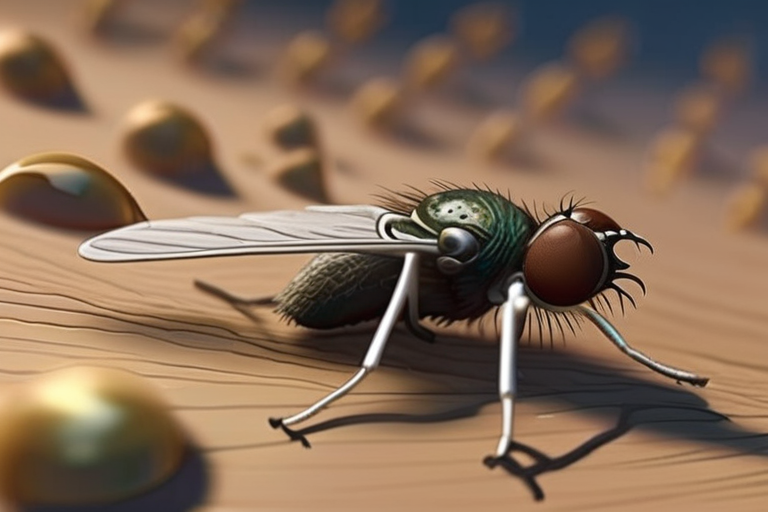Ancient Fly Fossil Shatters Evolutionary Theories with 151-Million-Year-Old Discovery


Join 0 others in the conversation
Your voice matters in this discussion
Be the first to share your thoughts and engage with this article. Your perspective matters!
Discover articles from our community

 Hoppi
Hoppi

 Hoppi
Hoppi

 Hoppi
Hoppi
 Hoppi
Hoppi

 Hoppi
Hoppi

 Hoppi
Hoppi

BREAKING NEWS UPDATE Law Trump asks Supreme Court to reverse tariffs ruling finding them illegal September 4, 202512:32 AM ET …

Hoppi

Typhoon Ragasa Unleashes Fury on Taiwan and China, Leaving Trail of Destruction in Its Wake A devastating super typhoon, Typhoon …

Hoppi

Ted Cruz AI Bill Sparks Criticism Over Potential for Bribes Sen. Ted Cruz's (R-Texas) new AI policy framework has drawn …

Hoppi
Breaking News: Chris Froome Airlifted to Hospital After Serious Training Crash Four-time Tour de France winner Chris Froome has been …

Hoppi

Breaking News: Renowned Country Songwriter Brett James Dies in Plane Crash Brett James, the Grammy-winning country songwriter behind hits like …

Hoppi

Sierra's Dream Chaser: A Decade-Long Odyssey Turns into a Nightmare In a move that has left many in the space …

Hoppi